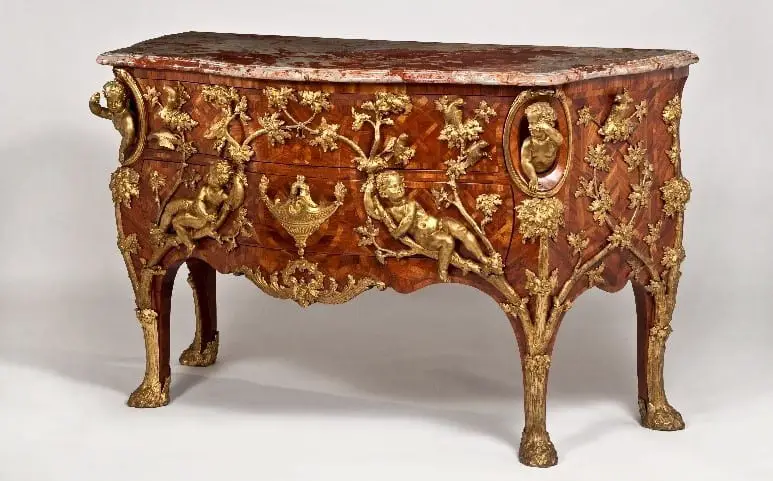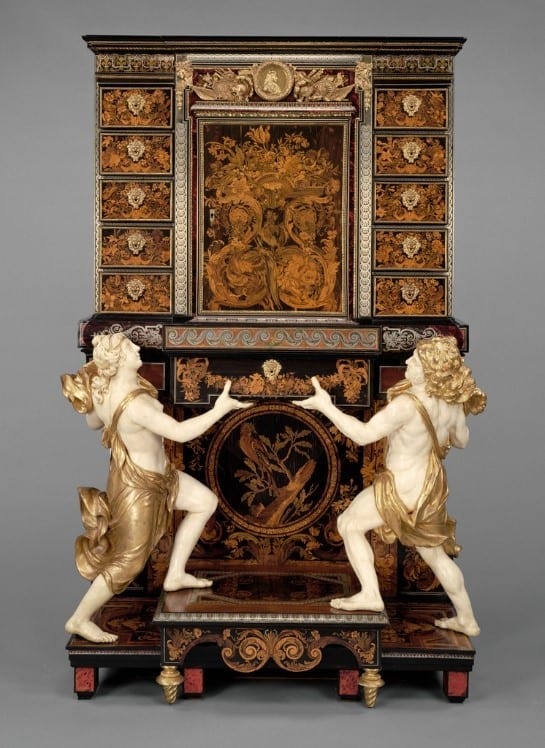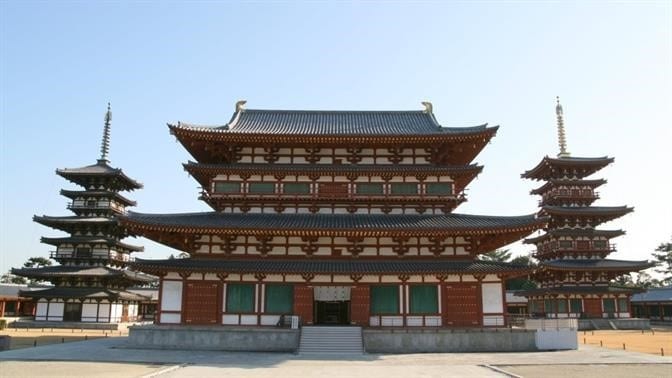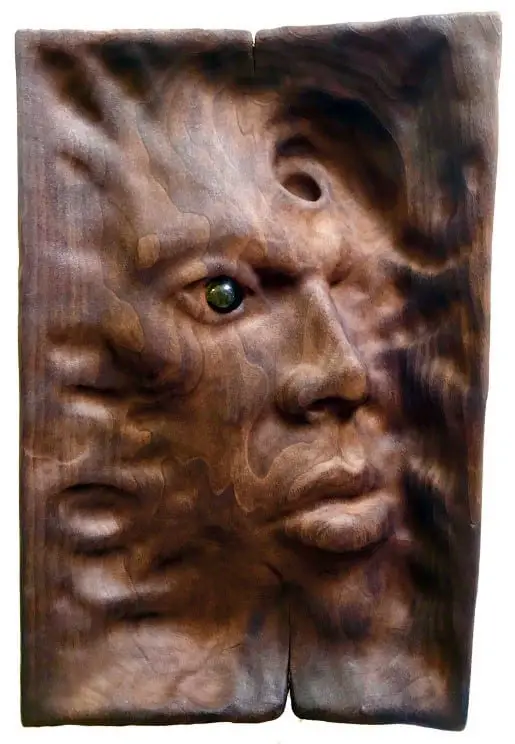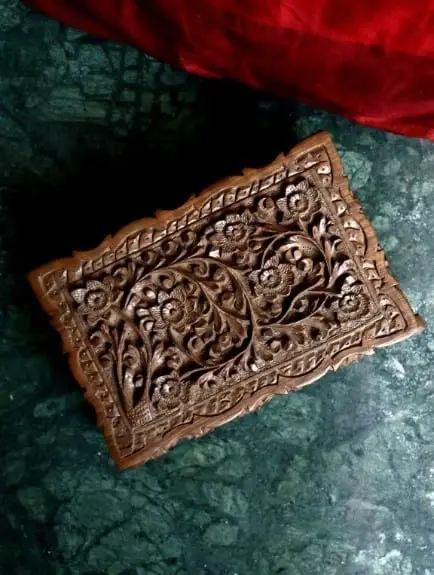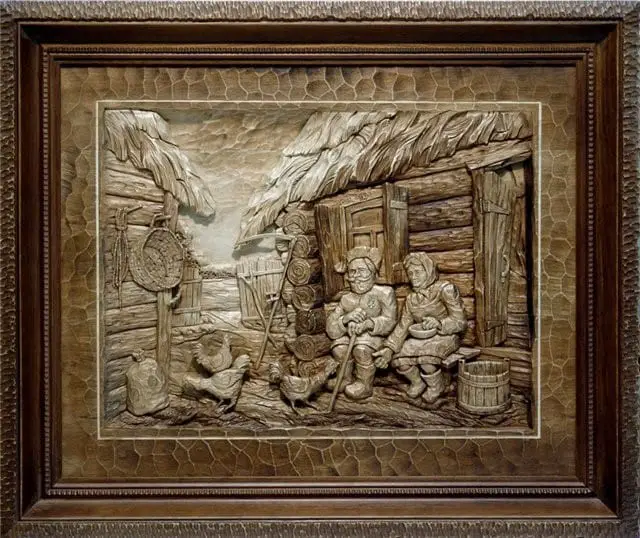According to Oxford Living Dictionaries, cabinetry is defined as a noun that serves to refer to “cabinets collectively.”
Above all, cabinets are widely used for storing miscellaneous items that can include anything from highly priced jewelry through documents to different personal belongings that reflect the lifestyle and personality of the cabinet owner.
Nowadays, cabinetry may seem to be just an ordinary part of your daily life. However, the history of cabinetry is intricately related to the art of cabinet making.
To be more specific, the art of cabinet making flourished rapidly during the 17th and 18th century.
Moreover, it marked the history of several European countries but also the history of the United States of America where furniture making underwent approximately 12 specific periods.
It was during the 12 periods of American furniture that various influences by distinct cabinet-making schools such as those of France and England, among others, became prominent.
In this article, we will head on a journey to exploring the passion for sophisticated cabinetry designs that developed from ancient times to present-day.
Brief Introduction to the History of Cabinet-Making
For a start, it’s crucial to highlight the fact that cabinetry was not a common part of the residential interior before the Industrial Revolution.
According to historians, the Industrial Revolution started somewhere in the 1760s. On the other hand, it lasted up to approximately 1820 – 1840.
Ultimately, the Industrial Revolution is an important period in the history of mankind.
It was during this period that new manufacturing processes started to take place both in Europe, as well as the US. As a result, the focus of hand production methods was swiftly shifted to machine production methods.
The factory system was on the rise soon after the development of machine tools that flourished rapidly, inevitably leading to the opening of a new page in the history of humankind and manufacturing.
All in all, every single aspect of the daily life of people during and after the Industrial revolution was highly influenced by this major turning point that marked the beginning of a whole new era.
Back to cabinetry, it wasn’t before the start of the Industrial revolution that cabinet-making was introduced to mass production techniques.
Before 1650, cabinets were a true rarity in both North America, as well as Western Europe. In fact, furniture was a rarity since most of the people could not even afford the high costs of purchasing the handmade cabinet masterpieces.
However, the craft of cabinet-making was highly valued by the nobility. For example, 17th and 18th-century Paris was marked by the artworks of the so-called ébénistes – the master cabinet-makers of the Royal family.
List of the Furniture Schools of Style that Influenced Cabinetry Design
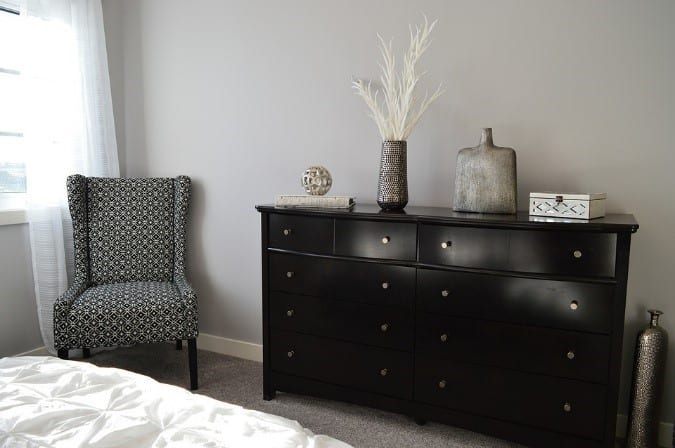
1) Scandinavian Style Cabinetry Design (the 1950s)
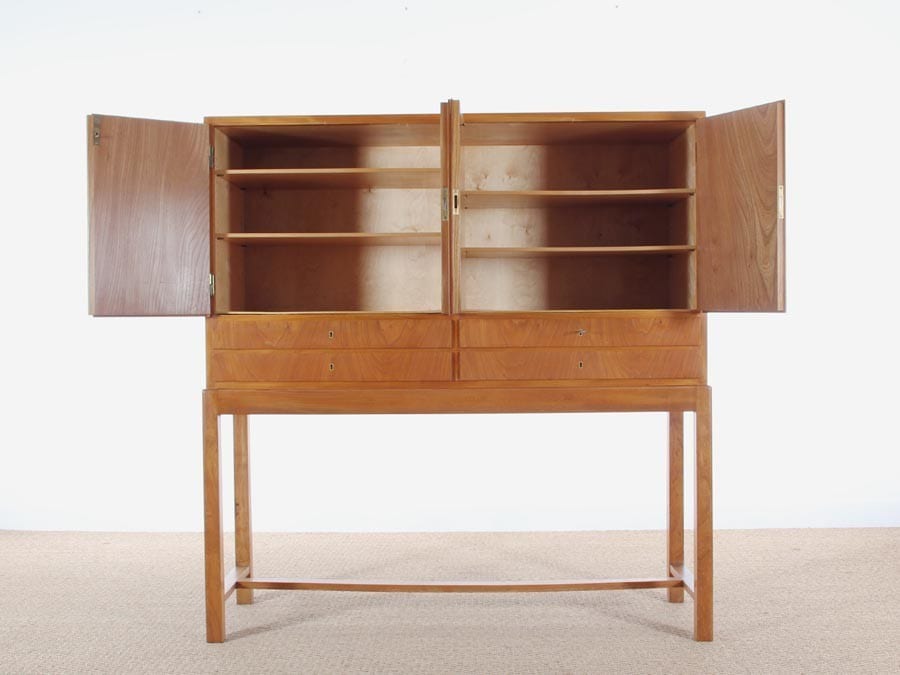
Scandinavian design was first born in the early 20th century. However, it was during the 1950s that the Scandinavian school of design flourished.
There are five countries that shaped the Scandinavian design movement, namely Finland, Iceland, Denmark, Norway, and nonetheless, Sweden.
As a summary, the Scandinavian design featured three major traits: minimalism, simplicity, and functionality.
On another note, the Scandinavian design was not solely used in the process of furniture making. Instead, architecture was also highly influenced by the ideas developed by the Scandinavian style.
The intricate decorations that were typical for the luxurious 18th-century Parisian cabinets made way to simple and straight lines.
The use of natural materials was also highly promoted during this period, then again highlighting the beauty of wood as the most favored material in the furniture industry.
2) French Provincial Style Cabinetry Design (18th century)
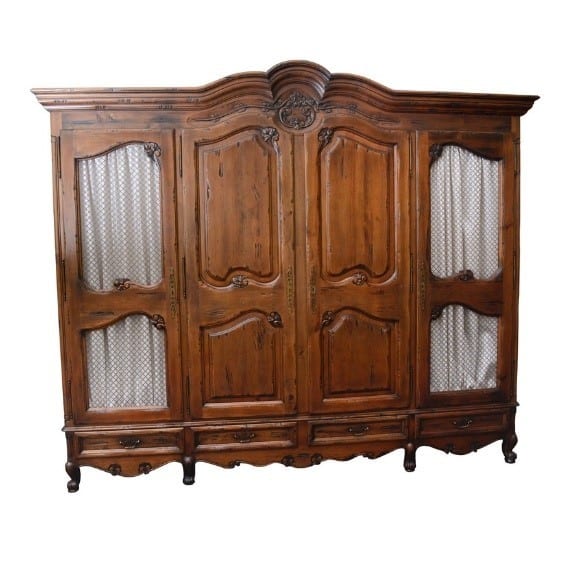
Paris established unique craft guilds that divided the process of furniture making between the different artisans.
Thus, all aspects of the craft were handled by master craftsmen that were authorized by the French Royals to practice only a strictly particular function.
For instance, some of the artisans were solely involved in the process of decorating furniture through carving while others would be responsible for gilding.
Ultimately, all craftsmen were allowed to work in a single workshop and mixing 2 different functions could lead to furious fees.
On the other hand, the French Provincial School of design developed away from the heart of Paris, and hence the name “provincial.”
Some of the most influential centers of French Provincial Style originated from the city of Blois, as well as the Orléans prefecture.
The lavish designs that were typical for the cabinets of the Royal Family were not present in the French Provincial Style.
However, delicate carvings that depicted the country surroundings of the French Provincial Design artisans were one of the hallmarks of cabinetry and furniture created during this particular period.
Nevertheless, cabriole legs were also a commonly found feature of the French Provincial Style masters.
3) Early American Colonial Style Cabinetry Design (the 1620s to the 1780s)

The Early American Colonial Style is influenced by two distinct schools of design, namely the Early American and the Colonial.
On the one hand, the Early American period that lasted throughout the 1700s is considered the very first period in the American furniture history. In a nutshell, this period marked the beginning of furniture making for more than merely practical purposes.
On the other hand, the Colonial style period lasted throughout the 1780s and was highly influenced by the furniture design trends in England.
Meanwhile, one of the hallmarks of Early American Colonial design was the use of fruit-bearing and edible wood.
For instance, cherry and walnut were among the most valued types of wood for furniture making during this period.
The use of steam for bending wood was also started to becoming widely spread. Up-to-date, however, steam bending wood is not a reserved territory of professional manufacturers.
Nonetheless, the art of cabinet-making was heavily impacted by the emphasis on both form and materials typical for the Early American Colonial School of furniture design.
4) Rustic Style Cabinetry Design (the mid-1800s)
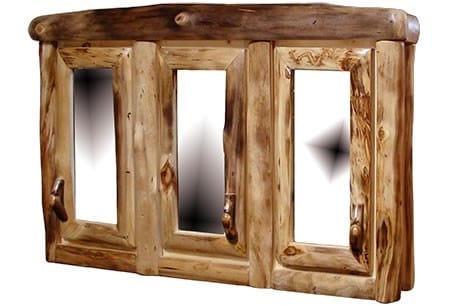
The Rustic Style originated by the idealization of nature, as well as the initially occurring “simple life” movement philosophy.
The ideas promoted by the Rustic School of Design became especially popular in three countries, namely Germany, Austria, and Switzerland.
Interestingly, up-to-date the Rustic keeps undergoing many different interpretations that appear thanks to the merging of diverse ideas, insights, and nonetheless – styles.
As a result, various intriguing examples implementing the characteristics of the Rustic Style can be seen all around the world.
When it comes to the influence of the Rustic Style in American furniture design, it is the so-called Adirondack furniture that became widely popular and admired.
The Adirondack style was not only limited to influencing the furniture trends.
In fact, the Adirondack Architecture that originated in the Adirondack Mountains area of New York has greatly impacted the furniture design trends, as well.
Conforming to the natural surroundings, Rustic Style design is labeled as “the least finished” of all designs.
And while this may sound as if this style was not well-developed, the term for “the least finished” of all designs actually refers to the way Rustic furniture makers would interpret and implement the natural state of the materials such as logs and branches.
Thus, for example, a typical Rustic Style table top may include the so-called “live edges” – “naked” parts of the original tree contours that were left visible on purpose.
This way, the organic beauty of the raw wood material was celebrated.
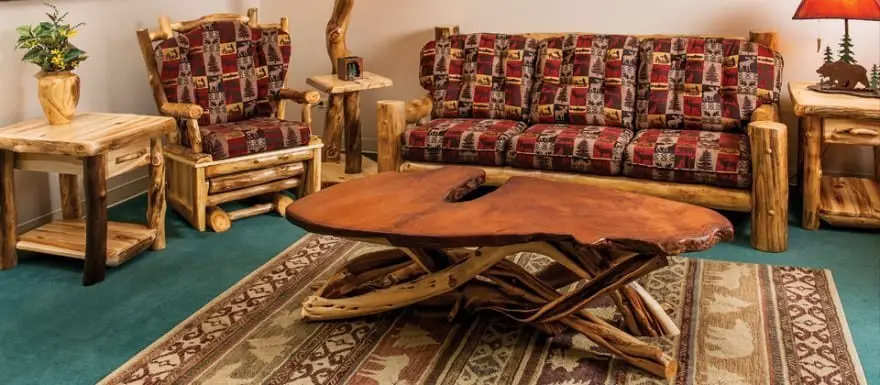
5) Mission Style Cabinetry Design (late 19th century)
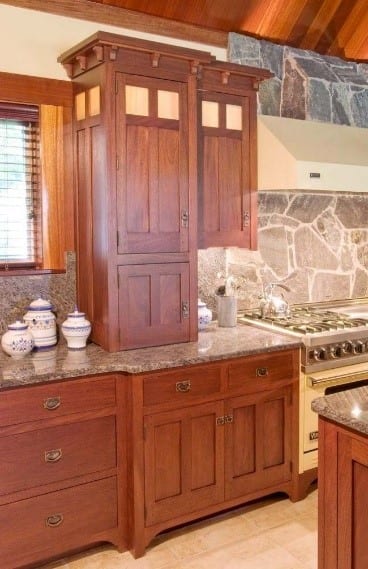
Starting from the late 19th century and becoming more popular in the early 20th century, the Mission Style Design was marked by the reproduction of various lines that became one of the hallmarks of this particular period.
Varying from horizontal through vertical, the lines that were emblematic for the Mission style furniture were also commonly thick and straight. On another note, flat panels were another of the hallmarks of the period.
When it comes to cabinetry, the Mission Style design featured the use of one particular type of wood, and that was white oak. Generally, oak was the most widely used type of wood in Mission furniture.
However, white oak wood that was implemented for the creation of cabinets during this period underwent a highly specific procedure in order to turn dark.
The process of darkening white oak during the Mission style period is the so-called fuming.
Last but not least, cabinetry hardware (and other types of furniture hardware) was left visible on purpose, and this was most commonly displayed by the use of black iron.
6) Oriental Style Cabinetry Design (18th century)

Firstly, it’s important to highlight the fact that Oriental design first spread to European countries in the 18th century. However, Oriental style, also commonly referred to as Asian style, originated much earlier.
In short, it wasn’t before the Europeans started to receive, and initially, to collect Asian-made furniture that the characteristics of Oriental style began to appear in the manufacturing of both American, as well as European furniture later on.
As a matter of fact, the influence of traditional Asian designs is still very popular in modern-day furniture, interior design, and, nonetheless, architecture.
Some of the authentic materials used in Asian style furniture include bamboo and rattan.
On another note, the choice of colors is often attributed to the use of red and black which are dominant not only when it comes to cabinet-making but to other Asian style-influenced pieces of furniture.
7) Shaker Style Cabinetry Design (the 1820s through the 1860s)
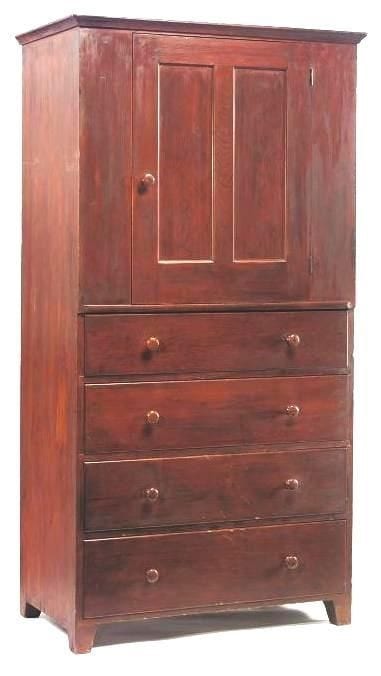
Shaker furniture design originated in the United States and was developed by a religious community known as the United Society of Believers in Christ’s Second Appearing.
However, the community was better known as the Shakers, and hence the name of this particular school of furniture design.
What’s distinct about cabinets created by following the principles of the Shaker style is that veneers, inlays, metal pull, and carvings were seen as unnecessary for being too “prideful” or “deceitful”.
Thus, the focus was shifted to utilizing other creative solutions. For instance, multipurpose forms were added to increase the visual appeal.
Nevertheless, drawers were often arranged in an unusual, asymmetrical way to further stimulate the visual interest.
Wood was the most highly praised material at the time of Shaker furniture, with a focus on clean and simple lines.
Finally, the creation of metal pulls was substituted with the introduction of wooden pulls that corresponded better to the philosophy of the Shakers.
Cabinetry: The Takeaway
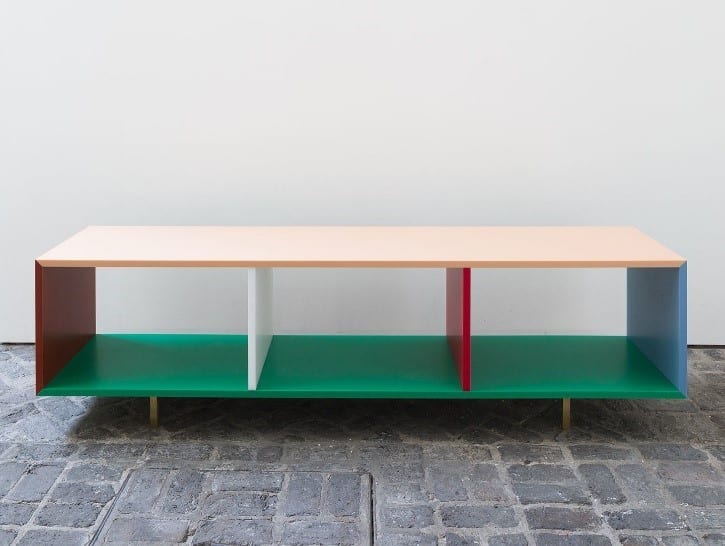
Cabinetry design has gone a very long way from ancient times to present-day.
Ultimately, many different schools of style have influenced the current trends in cabinet-making. But more importantly, we are bound to enjoy a whole new era in the art of cabinetry during the course of the 21st century.
According to experts, the tendency for removing wall cabinets and sticking to more uniform, minimalistic designs is about to become highly prominent.
When it comes to the color choices, wood stains and paint colors will keep becoming bolder in a unique pops-of-color way that will accentuate the vividness of home interior.
Along with the artistic flair in cabinetry styles, smart technologies have also started to enter the world of furniture and home design faster than ever before.
“But history is neither watchmaking nor cabinet construction. It is an endeavor toward better understanding”
Marc Bloch
While we can’t possibly predict what the future of cabinetry design will bring, we are most certainly about to witness many revivals of the finely sophisticated designs of the past with the vintage trend being always relevant in the world of art where old inevitably becomes new sooner or later.
